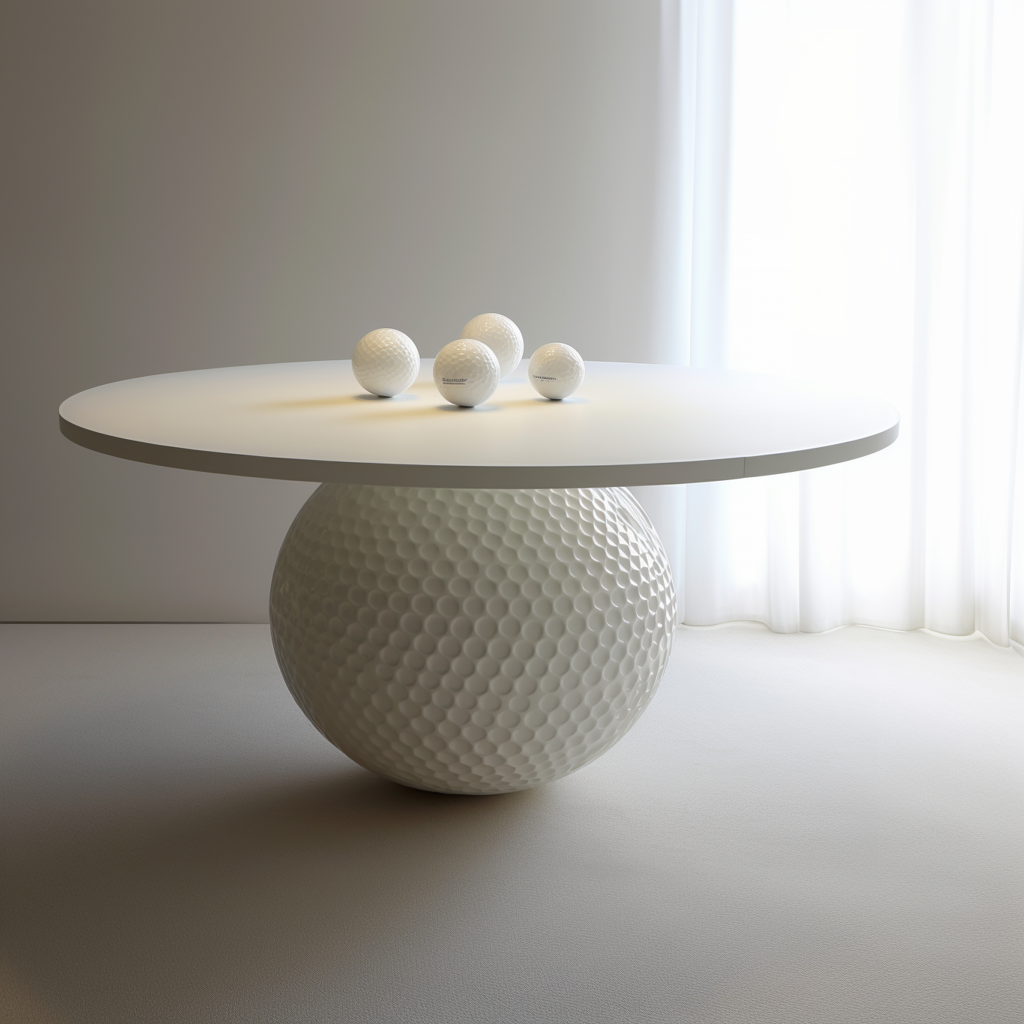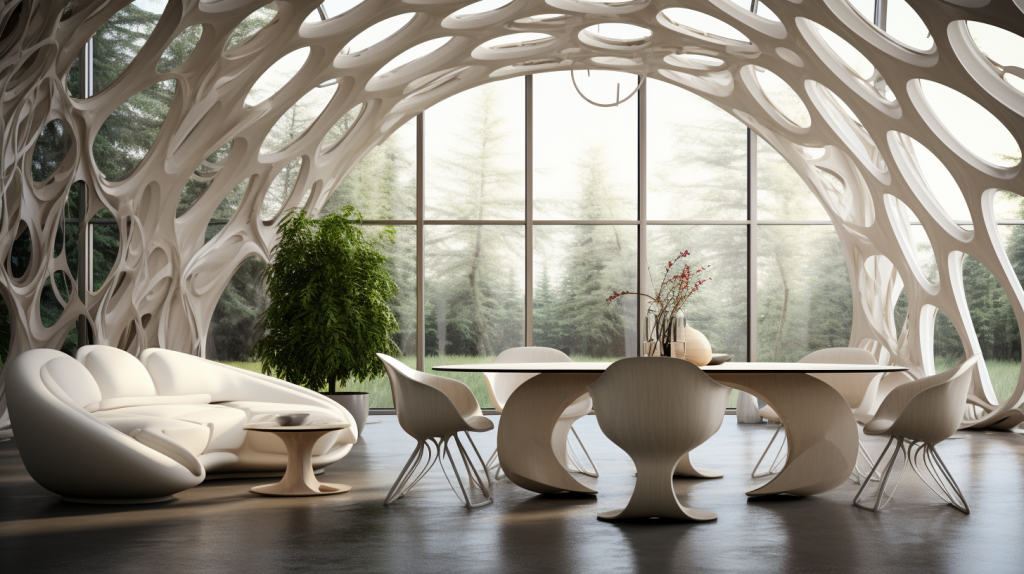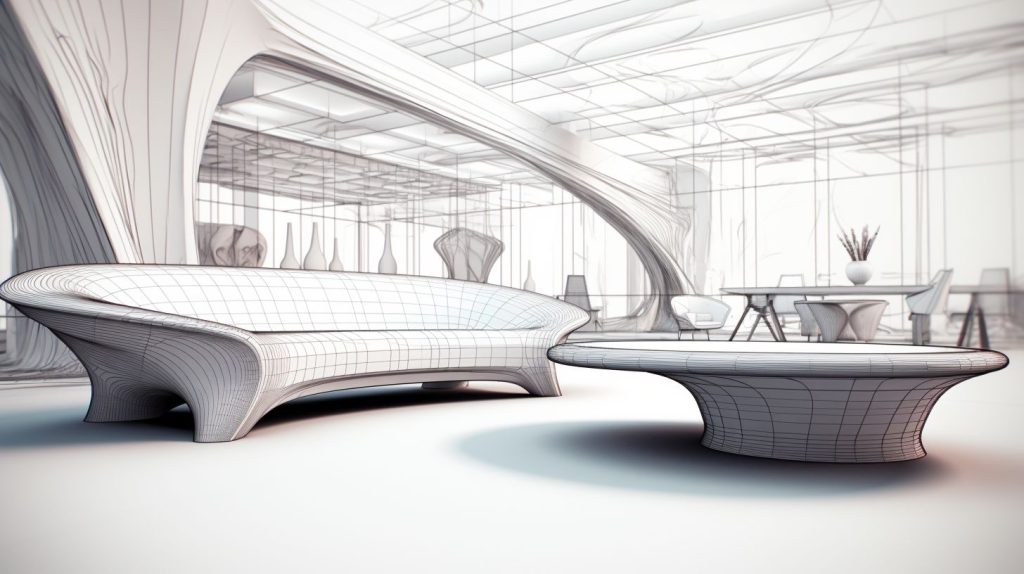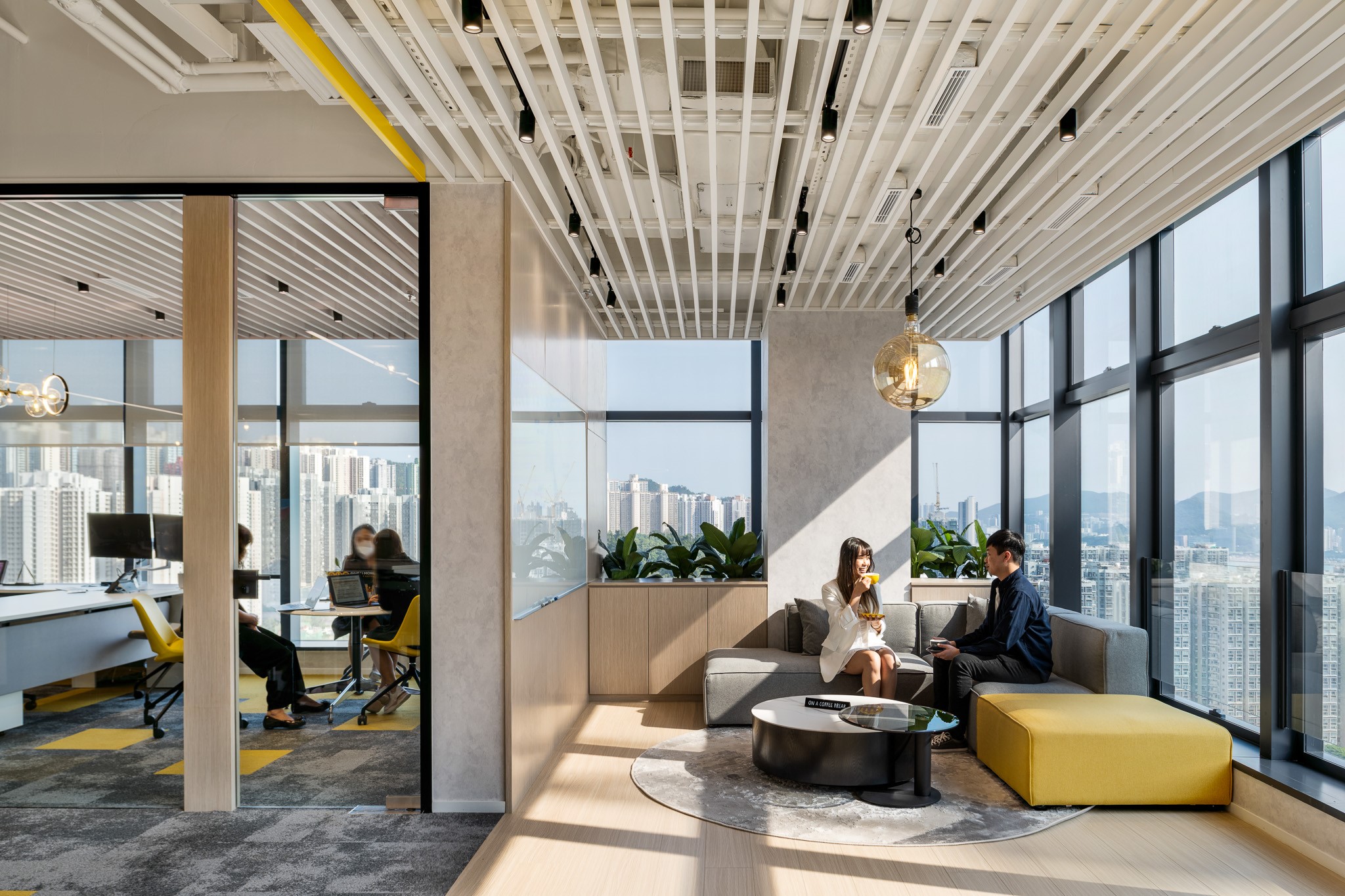
In recent years, the co-working industry has experienced both triumphs and setbacks, with WeWork’s bankruptcy serving as a cautionary tale. However, industry experts have analyzed that most WeWork spaces are likely to be acquired and operated by other companies, ensuring that these offices won’t disappear altogether. This article explores the evolving landscape of co-working spaces, highlighting the need for adaptability and consumer-centric design. As an interior design company, we delve into the key considerations for creating co-working interior spaces that cater to the changing needs of professionals.
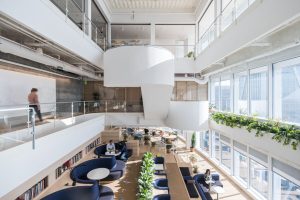
A Shift Towards Flexibility and Collaboration:
Unlike traditional office models, the current wave of shared workspaces emphasizes flexibility and collaboration. With an increasing number of freelancers and startups, professionals seek environments that foster productivity while granting them autonomy. Co-working spaces offer a variety of meeting areas, lounge-style seating, and innovative lighting designs. For instance, the ratio of soft seating or collaboration furniture has risen significantly, catering to the evolving dynamics of post-pandemic workstyles. Adaptable spaces that can transform based on different needs are crucial for attracting and retaining occupants.
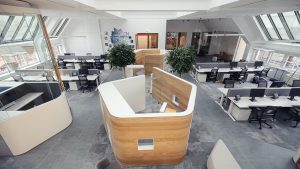
Designing for the Five Senses:
Creating visually appealing co-working spaces goes beyond aesthetics; it should consider the five senses to provide an immersive and comfortable experience. When designing these spaces, the focal points, materials, and layout must harmonize to create a sense of coherence. Line-of-sight and privacy concerns should be strategically addressed, accommodating individuals’ preferences for open or secluded work areas. Incorporating elements of touch, such as comfortable seating options, can enhance the overall ambiance and promote relaxation.
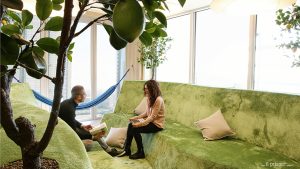
Acoustics and Smell:
Often overlooked, acoustics play a vital role in co-working design. Noise levels and potential distractions should be carefully managed to provide a conducive work environment. Additionally, the impact of smell on members’ emotional state should be considered. For example, if a coffee bar is present, the design should account for how the smell of coffee or noise from dishes might affect those working nearby. Attention to these details ensures that co-working spaces are conducive to concentration and productivity.
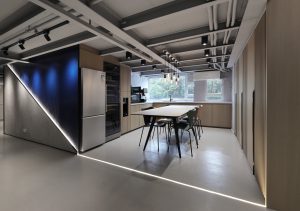
Creating Spaces Aligned with Consumer Needs:
The future of co-working spaces lies in their ability to cater to specific consumer demands. For instance, “SheSpace” provides exclusive services for professional women, allowing them to work uninterrupted by childcare or household responsibilities. Similarly, “Industrious” strategically locates around 70% of its spaces in residential areas, providing convenience to clients who prefer working close to home. By understanding and addressing the unique requirements of various user groups, designers can create co-working environments that foster inclusivity and productivity.
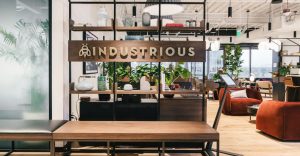
As the co-working industry evolves, the design of these spaces becomes increasingly crucial. Flexibility, adaptability, and a focus on user experience are essential elements when creating co-working interiors. By considering the five senses, acoustics, and the diverse needs of professionals, interior design companies can shape the future of co-working spaces. As we embrace this new era, the fusion of human creativity and technological advancements, such as generative AI, can further elevate co-working design, offering innovative and inspiring environments for professionals worldwide.
